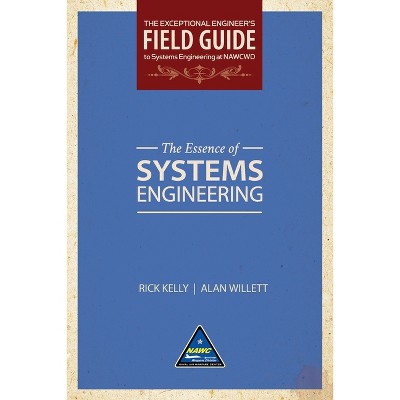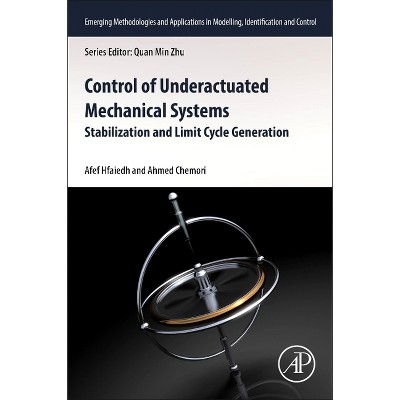Sponsored

Asphaltenes, Heavy Oils, and Petroleomics - by Oliver C Mullins & Eric y Sheu & Ahmed Hammami & Alan G Marshall (Hardcover)
In Stock
Sponsored
About this item
Highlights
- With substantial contributions from experienced industrial scientists and engineers, this work will have real application towards improving process efficiency and improvement in the trillion-dollar global petroleum industry.
- Author(s): Oliver C Mullins & Eric y Sheu & Ahmed Hammami & Alan G Marshall
- 670 Pages
- Technology, Petroleum
Description
About the Book
This book presents an overview of the emerging field of petroleomics, which endeavors to understand the fundamental components of crude oil. Petroleomics presents an entirely new field and a new way to study petroleum.
Book Synopsis
With substantial contributions from experienced industrial scientists and engineers, this work will have real application towards improving process efficiency and improvement in the trillion-dollar global petroleum industry. It presents an overview of the emerging field of petroleomics, which endeavors to understand the fundamental components of crude oil. Petroleomics presents an entirely new field and a new way to study petroleum. It promises to revolutionize petroleum science in much the same way that genomics transformed the study of medicine not long ago. Asphaltenes are a particular focus, with many chapters devoted to the analysis of their structure and properties.
From the Back Cover
Petroleomics is the prediction of all properties of petroleum based on the Petroleome, or complete listing of all components in a given crude oil. As it is developed, petroleomics will lead petroleum science into a bright new future, and it is the major focus of this book. A necessary step has been to resolve the molecular size and structure of asphaltene and its hierarchical aggregate structures, as well as the dynamics of asphaltenes. This is especially important for heavy oils. Flow assurance concerns and interfacial science are also treated. The technological development of downhole fluid analysis addresses the most important issues in deepwater production of oil.
Petroleum science and technology are treated in a vertically integrated manner. This book is indispensable for the scientist concerned with petroleum, heavy oils, interfacial science, or flow assurance. Science and technology are treated seamlessly; thus this book will also greatly benefit technologists who areconcerned with the production of oil, refining of oil, or heavy oil processing.

















